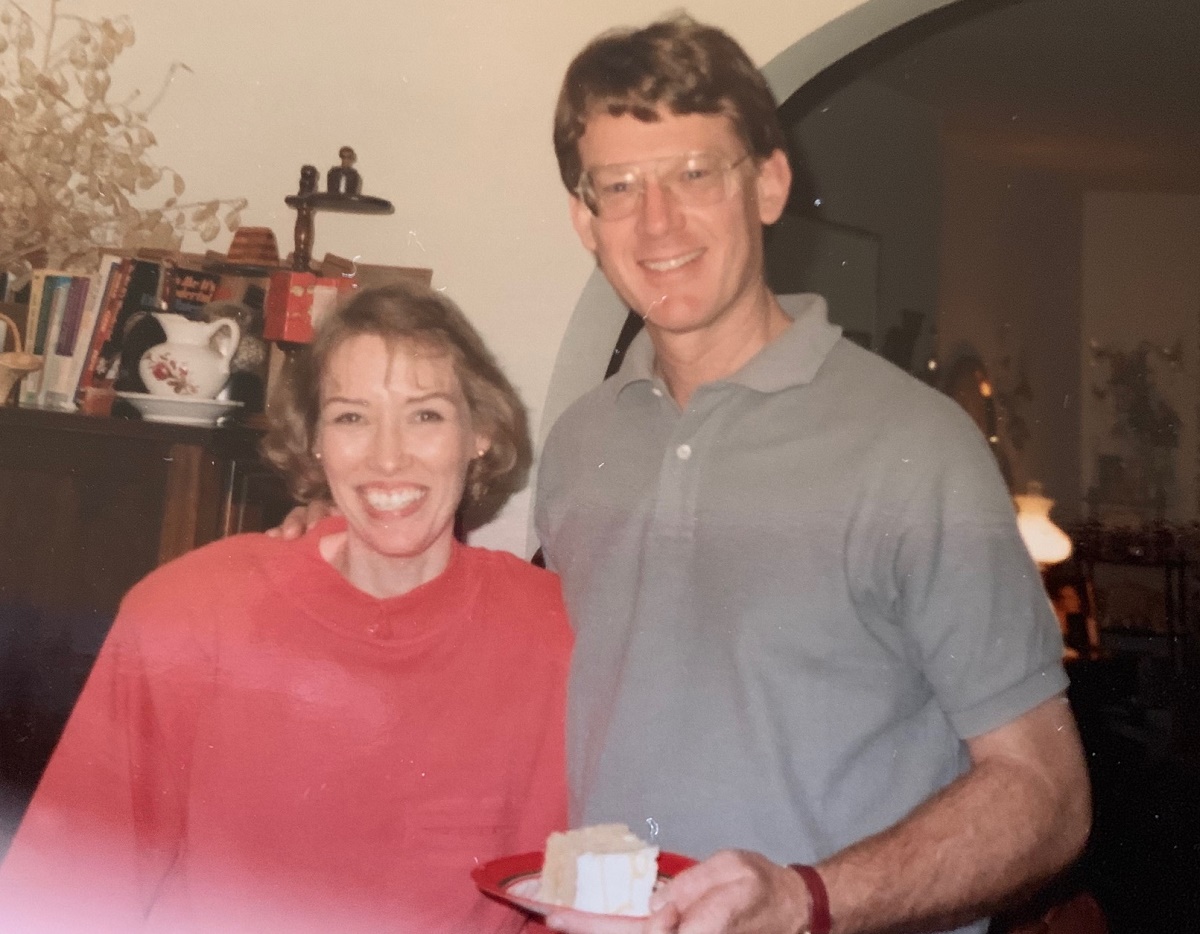 Tim Kinkead still can’t quite pin down why he got that long-overdue physical exam one day five years ago. Kinkead, 68, of Monticello, was on his way back to work after the 2014 New Year’s Day holiday when he passed his local clinic.
Tim Kinkead still can’t quite pin down why he got that long-overdue physical exam one day five years ago. Kinkead, 68, of Monticello, was on his way back to work after the 2014 New Year’s Day holiday when he passed his local clinic.
“I don’t know why, but I just pulled over and went in and asked to have a physical,” he said.
As he got scheduled, Kinkead remarked he’d never had a physical before.
“I think the receptionist made note of that,” he said. “I had not gone a quarter mile out of their parking lot when I got a call saying the doctor wants to see you right now. I think maybe my previous irresponsibility got their attention.”
Kinkead’s new doctor recommended a colonoscopy – the standard screening for colorectal cancer for most people over 50 unless they’re at higher risk because of family history or other conditions.
“I went, and I had it done, and they saw something they couldn’t address,” he said. “They scheduled me with Carle.”
Which led to laparoscopic surgery to remove early-stage cancer from Kinkead’s colon.
“He wasn’t having any symptoms,” said Dr. Michelle Olson, colorectal surgeon in Carle’s Digestive Health Institute. “Without having the screening colonoscopy, he wouldn’t have been diagnosed.”
Had Kinkead shrugged off his impulse, he could still unknowingly be carrying cancer. It can take eight to 10 years for a polyp to develop into cancer.
“Which is why most people should have this screening every 10 years,” she said.
Screenings get added attention in March, Colon Cancer Awareness Month. This year’s push is part of a larger effort to get 80 percent of the nation’s eligible patients to be screened by 2020.
“The whole purpose of screening is to diagnose colon polyps,” she said. “Most of the time those polyps can actually be removed at the same time as the procedure. If they’re precancerous, nothing more really needs to be done.”
Because Kinkead’s cancer hadn’t spread beyond his colon, Dr. Olson was able to use minimally invasive surgical technique to remove it. She made several small incisions in his abdomen, allowing the team a camera and special tools to do their work.
“It’s not available everywhere,” Dr. Olson said. “It’s something we offer at Carle, and it’s something we’re very proud of.”
For the patient, laparoscopy means a shorter hospital stay, critical in Kinkead’s case.
“I said I can’t afford to be away from home,” Kinkead said. “My wife had Alzheimer’s, and I had to be here. (Dr. Olson) said, ‘OK, I’ll make it work.’”
She said, “Because we do minimally invasive techniques at Carle, it has radically decreased the time of stay and the time off people have to take. That makes it easier for patients like Mr. Kinkead.”
If a patient is reluctant about a colonoscopy, the doctor can arrange alternatives such as stool or imaging tests. If those reveal a potential cancer, the care team schedules a colonoscopy.
“The key thing for us is some screening is better than none,” Dr. Olson said.
Detected and treated early as Kinkead’s colorectal cancer was, the five-year survival rate is 90 percent.
“He’s five years out, and at five years, while cancers can come back, you kind of consider it to be cured,” Dr. Olson said.
Kinkead undergoes regular blood tests to ensure he remains cancer-free.
“We caught it at the right time, and Dr. Olson she did her thing,” Kinkead said. “It wasn’t a plan, I’m telling you that. She saved me.”
Categories: Staying Healthy
Tags: Carle, cancer, digestive health, colon, surgeon, colorectal, colonoscopy
